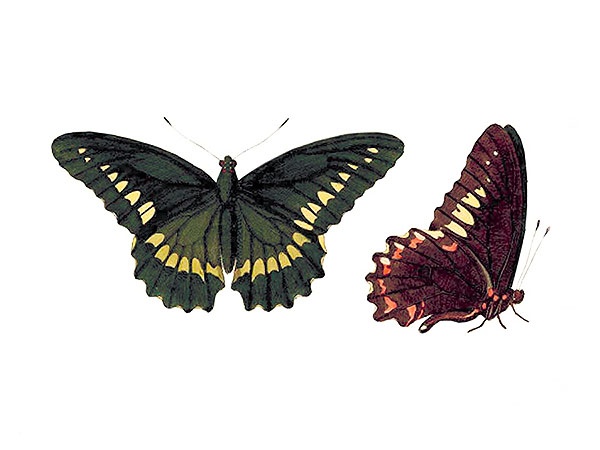Antigua Amazon (Amazona vittata ssp.)
This form is known from at least two subfossil bones recovered from archaeological sites on the island of Antigua, which were identified as being identical to the Puerto Rican Amazon (Amazona vittata (Boddaert)).
It is of course possible that the species was brought to the island by early human settlers, which apparently have always hunted parrots for food but have also kept them as pets and transported them from one place to another. The neighboring island of Barbuda, however, is known to once have harbored a native population of this species or maybe a very closely related one, so it is likely that the same form, or rather a subspecies of it inhabited Antigua as well. [1]
*********************
References:
[1] Charles A. Woods; Florence E. Sergile: Biogeography of the West Indies: Patterns and Perspectives, Second Edition. CRC Press; Auflage: Subsequent 2001
*********************
edited: 13.02.2020

